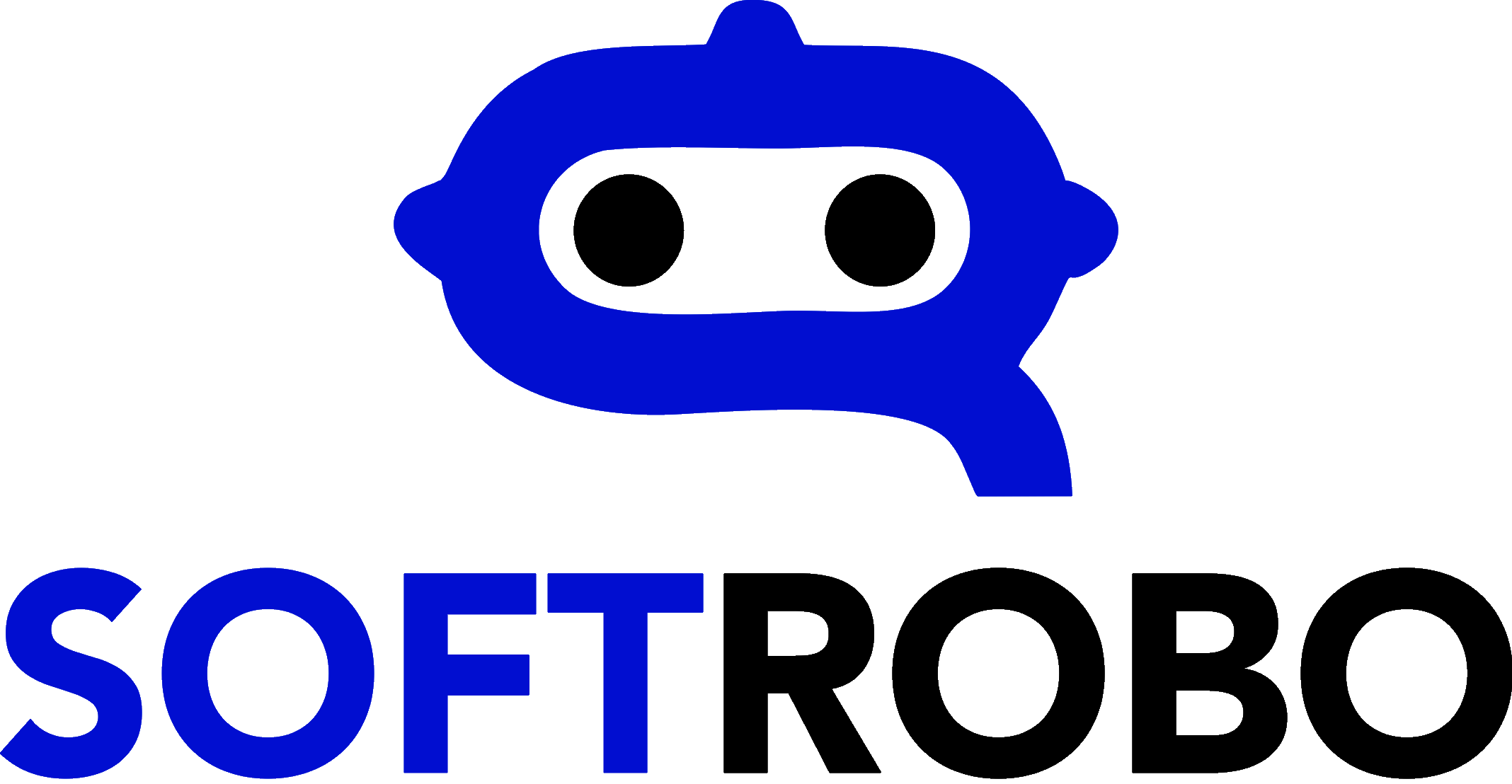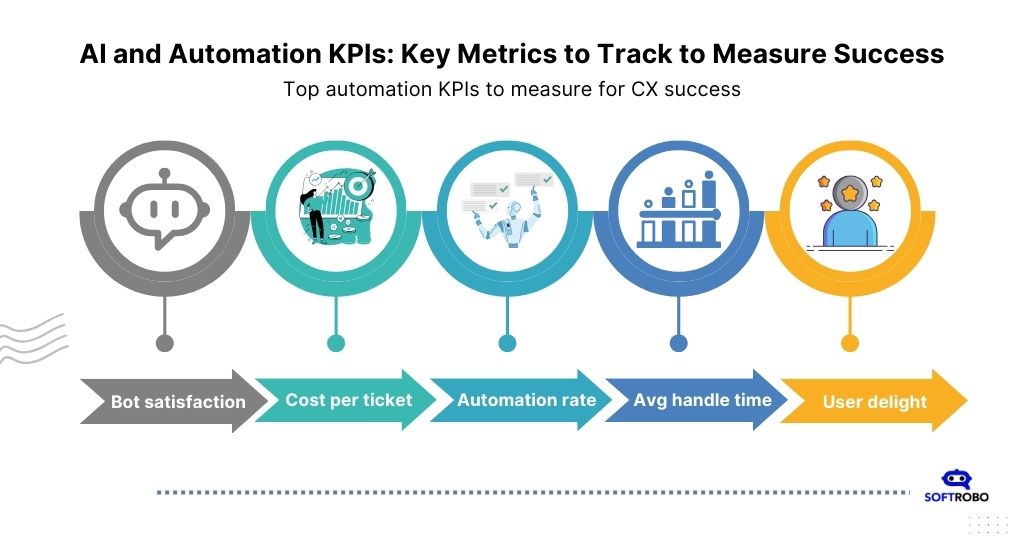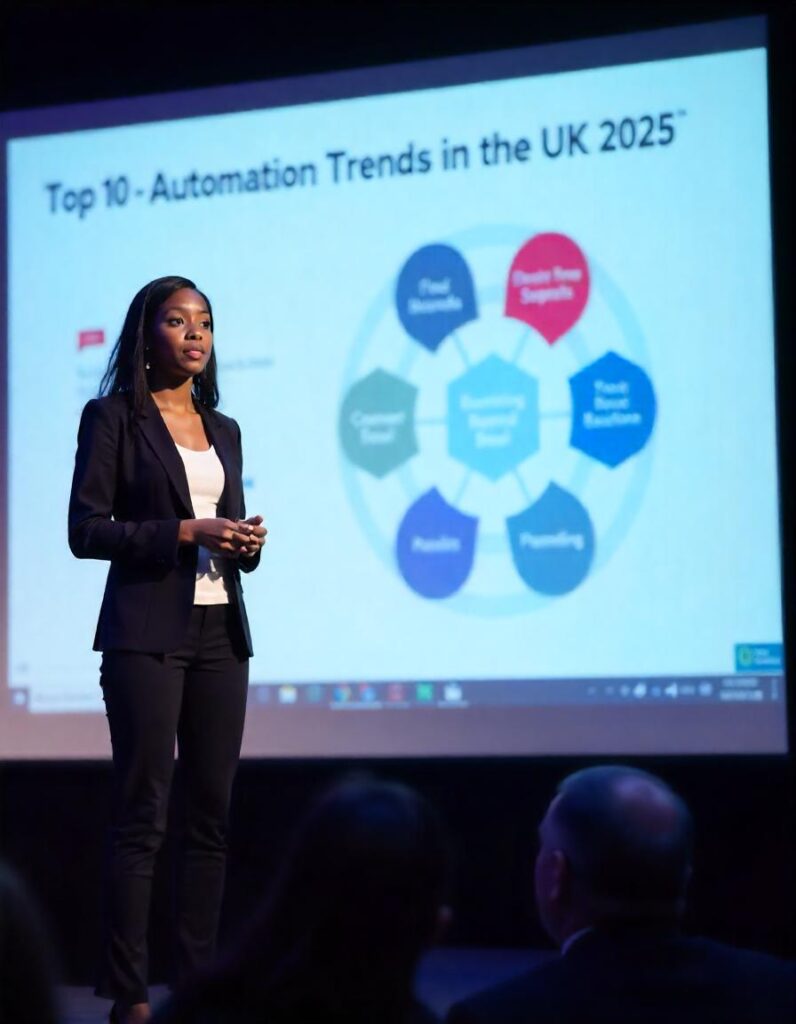You did a great job if you’ve already added automation to your support stack. But only if you know what measures and results are worth being proud of. It talks about important automation KPIs for figuring out how well CX is doing in the age of AI.
At this point, you probably already know about how the newest AI tools can help your customer service. For example, if you add generative AI, you’ll be able to offer 24/7 multilingual help on the channels your customers love, all while keeping the humanized and on-brand CX.
You might also save money because you won’t have to hire and train a lot of new people to help your business grow.
You may have heard that AI can help your business, but how do you know if it’s really working to improve your customer experience and your bottom line?
Do you keep using the same standard metrics to check how well your support plan is working, or are there other ones you should think about?
We get these kinds of questions all the time as a support automation company, which is why we put together this list of important measures to remember.
As AI gets better, this post will talk about the new automation KPIs you should keep an eye on. It will also talk about what to keep in mind when looking at traditional KPIs like average handle time (AHT) and customer happiness (CSAT).
Top automation KPIs to measure for CX success
1. Bot satisfaction (BSAT) rating
KPIs like the standard CSAT score are important for figuring out how well your customer service is doing, but it can be hard to see how your chatbot affects changes in that score once you start automating it.
That’s why we made the BSAT grade for bot satisfaction. This measure will help you focus on how happy your customers are with your chatbot.
Then, this information can be used to make specific changes to specific intentions or responses. The measurement comes from customer reviews, as they will be asked to use emojis to rate their experience with your chatbot.
In your analytics dashboard, you’ll be able to see the average BSAT broken down by purpose. This will help you figure out what’s working well and what could be improved in the way your conversations go.
2. Cost per ticket
Cost per ticket is a great way to figure out how much you spend on support now and how much you could save by automating tasks. In this way, it’s also a great way to figure out how much work your system has saved you so far.
To find the cost per ticket, add up all the agent salaries and CRM costs and then divide that number by the number of tickets. One ticket is one full contact, from submission to resolution.
For our users, this metric has been a huge help in figuring out how much money they’ve saved since they automated.
For example, DiscoverCars has saved a huge €128k since they added their robot Carla. Support costs have gone down a lot because Carla can do the work of several workers and quickly clear their ticket backlog. This has also made customer service faster.
3. Automation rate
Your automation rate is the number of tickets out of all the questions that your chatbot can fully answer without leaving the case for a human worker.
When it comes to this one, you should use your critical thinking skills because it’s one of the main metrics that CS automation providers use. That is, you should be wary of any platform that says it will give you a +80% automation rate as soon as you set up your bot.
Automation rate shouldn’t be used as a way to force automation; instead, it should be used as a way to track your automation journey over time.
Set goals that are attainable, like automating 10% of your work in the first month and then adding another 10% in the second. You’ll be well on your way to your goal.
That’s the kind of journey you should be aiming for instead of rushing to meet meaningless automation KPIs that look good on paper but make things worse for your team and your clients.
To sum up, a good automation provider will help you plan an automation path that fits your business’s needs and will let you know which automation aims are the best places to start.
4. Average handle times (AHT)
One of the best things about automation is that it can help you help people faster, around the clock, and on all modes, like email, social media, WhatsApp, and more.
It’s very easy to see how AI has improved your customer experience by comparing the usual handle times before and after you added a chatbot.
In fact, 72% of customers polled by Salesforce say they will choose the brand whose customer service is the fastest. When a ticket is escalated, your bot can also get information from the customer so that when your human workers get to it, they can start working on it right away. This makes AHT even faster.
You can figure out the return on investment (ROI) of automating by looking at the drop in AHT. This is because it tells you how many agent hours your chatbot is saving you, which means you’re saving money on hiring and staff.
In fact, our customers love this number, and it’s the one they most often use to measure how well their automation journey is going. One company that was able to cut their AHT by 29% across all of their support outlets was Stitch Fix, an online personal styling service.
5. Customer satisfaction (CSAT)
Even though BSAT is a great way to get a detailed picture of how well your bot is doing, don’t forget about standard metrics like CSAT. They will still give you a full picture of your CX.
Getting a good CSAT score means that your bot and human agents work well together. This is especially true when you use tools that are driven by generative AI and can easily mimic human-like conversations.
A better overall CSAT will show up if you have a robot on the front lines to help customers right away through the channels they prefer and smart escalation paths in place for when their questions need a human touch.
Users expect quick service and almost instant answers to their questions. This is so important that it can make or break their loyalty to your brand. Because of this, automation can be very helpful if you want to keep or even raise your CSAT score above the industry average.
We can look at Lush as an example. Even though record numbers of people used automation during Black Friday and the Royal Mail strikes, they still had a 93% CSAT.
The ROI of automating
When it comes to automation, KPIs like AHT and cost per ticket can show you the exact return on investment (ROI) by showing you how much money you’re saving thanks to automation. Not only should you save money, but you should also make sure that your customers don’t have a bad experience.
There is the bot-specific BSAT score and the more general CSAT score. You can get the best idea of how your bot is affecting your brand and business by looking at a number of different automation KPIs.
And if you want to add an automation platform that is focused on analytics to your support stack, our automation solution at Softrobo comes with full screens for keeping an eye on all of the above KPIs.




